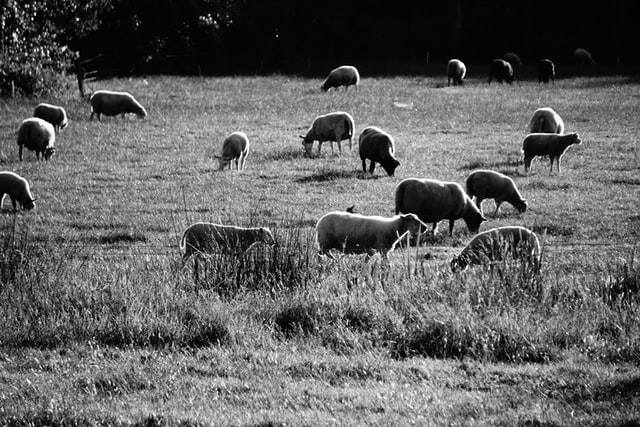Which areas are the most suitable for cashew cultivation? The savanna and transitional zones are the most suitable areas for cashew cultivation. In Ghana cashew trees can grow and produce well in some districts in the Northern, Brong-Ahafo, Volta, Upper West and Central Regions.Almost all type of soils from sandy to laterite, deep, fertile and well drained soils. 1.3 What types of soils are not suitable for cashew farming? Heavy clay soils with poor drainage condition and also excessive alkalinity and salinity soils as well as areas prone to water logging and hard pan are not suitable for cashew growing. All the bushes and undergrowth with machetes needs to be cleared. In addition to remove all cut woods and twigs because the cashew trees do not tolerate shade. Long sticks need to be collected, then they will be used for the staking and the shorter one for fencing to protect the young plantings. The clearing should be done in the dry season (during March). Fallow land The farm needs to be weeded with a hoe. The cleared weeds will be left on the ground to decompose. Weeding of the farm should be done in the dry season (during March).
Land Preparation
Line and pegging The plant holes will be marked with sticks using a rope. The plant spacing is 10 m by 10 m (100 trees per ha). Figure 4. Line and pegging
The lining of the farm should be done in the dry season before the rains start (End of March and beginning of April). 3.2 Digging holes Digging the plant holes can be done with the dribbler, machete and hoe. Farmers should start by measuring a stick of 30 cm to be used for the width and the depth of the hole. Then they dig the hole with dribbler and remove the soil with hoe. The cashew apples are picked by hand, and the curved fruits are first detached and then sun-dried. In some localities the dried fruits are roasted amid burning logs, where the heat causes the outer shells to burst open and release the caustic resin. The resin quickly catches fire, giving off fumes that can be injurious to the eyes and skin. In improved methods of roasting, the poisonous properties are dispelled in roasting cylinders. Later the inner shells are broken open by hand and the kernels heated to remove the seed coat.
The tree
The cashew-nut tree is a fast grower and an evergreen tropical tree. It grows to a height of 12 m. Blossoming takes place between November and January. Seedling trees flower in the third year after planting. The fruit ripens fully within 2 months. The nut is attached to the lower portion of the cashew apple which is conically shaped. The cashew nut (seed) hangs at the bottom of the apple, and is c-shaped. The cashew seed has within the outside shell the edible kernel or nut. In its raw form the cash-ew kernel is soft, white and meaty. When roasted it changes colour and taste. Salted, it appeals to the palate as the most delicious nut. Cashew apples and cashew nuts are excellent sources of nutrition. The cashew apple contains five times more vitamin C than an orange and contains more calcium, iron and vitamin B1 than other fruit such as citrus, avocados and bananas. Cashew shell oil extracted from the shells is caustic and causes burns on the skin. The mucous membranes of the mouth and throat are severely affected when it comes into contact with shell oil or the irritating fumes emitted during roasting. The oily shell liquid has many uses.
Climatic requirements
- Cashew trees are genuinely tropical and very frost sensitive.
- The trees grow in a wide spectrum of climatic regions between the 25 °N and S lati-tudes.
- Although the cashew can withstand high temperatures, a monthly mean of 25 °C is re-garded as optimal.
- Yearly rainfall of 1 000 mm is sufficient for production but 1 500 to 2 000 mm can be regarded as optimal.
- The cashew tree has a well-developed root system and can tolerate drought conditions. Rain during the flowering season causes flower abortion due to anthracnose and mil-dew.
- During harvesting, while nuts are on the ground, rain and overcast weather causes the nuts to rot or start germinating.
- Nuts germinate within 4 days when lying on wet soil.




